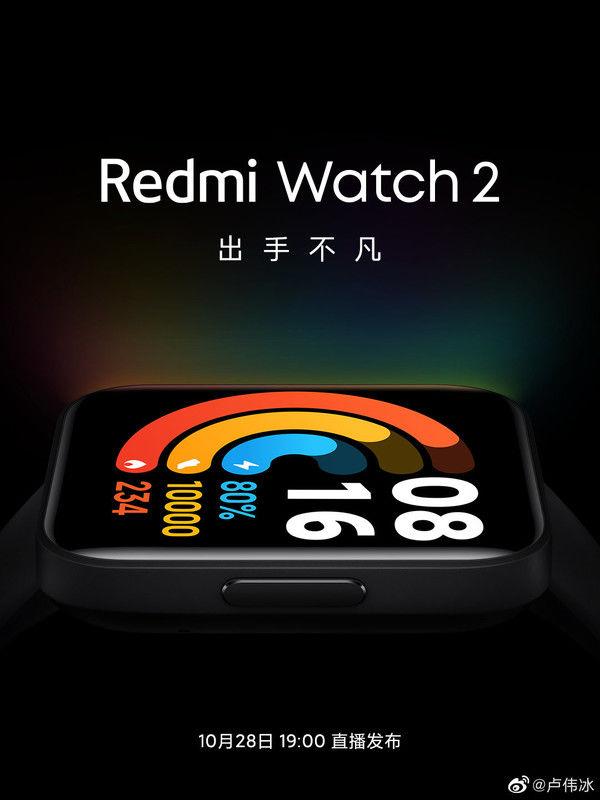宁可枝头抱香死,何曾吹落北风中。这篇文章主要讲述Android开发实践:为什么要继承onMeasure()相关的知识,希望能为你提供帮助。
android开发中偶尔会用到自定义View,一般情况下,自定义View都需要继承View类的onMeasure方法,那么,为什么要继承onMeasure()函数呢?什么情况下要继承onMeasure()?系统默认的onMeasure()函数行为是怎样的 ?本文就探究探究这些问题。
首先,我们写一个自定义View,直接调用系统默认的onMeasure函数,看看会是怎样的现象:
| 1 2 3 4 5 6 7 8 9 10 11 12 13 14 15 16 17 18 19 20 21 22 | package
com.titcktick.customview;
import
android.content.Context;
import
android.util.AttributeSet;
import
android.view.View;
public
class
CustomView
extends
View
{
public
CustomView(Context
context)
{
super(context);
}
public
CustomView(Context
context,
AttributeSet
attrs)
{
super(context,
attrs);
}
@Override
protected
void
onMeasure(int
widthMeasureSpec,
int
heightMeasureSpec)
{
super.onMeasure(widthMeasureSpec,
heightMeasureSpec);
}
} |
1. 父控件使用match_parent,CustomView使用match_parent
| 1 2 3 4 5 6 7 8 9 10 11 12 13 | <
LinearLayout
xmlns:android="http://schemas.android.com/apk/res/android"
xmlns:tools="http://schemas.android.com/tools"
android:layout_width="match_parent"
android:layout_height="match_parent"
android:orientation="vertical">
<
com.titcktick.customview.CustomView
android:layout_width="match_parent"
android:layout_height="match_parent"
android:layout_margin="10dp"
android:background="@android:color/black"/>
<
/LinearLayout>
|
这里加了10dp的margin并且把View的背景设置为了黑色,是为了方便辨别我们的CustomView,效果如下:

文章图片
我们可以看到,默认情况下,如果父控件和CustomView都使用match_parent,则CustomView会充满父控件。
2. 父控件使用match_parent,CustomView使用wrap_content
把layout文件中,CustomView的layout_width/layout_height替换为wrap_content,你会发现,结果依然是充满父控件。
3. 父控件使用match_parent,CustomView使用固定的值
把layout文件中,CustomView的layout_width/layout_height替换为50dp,你会发现,CustomView的显示结果为50dpx50dp,如图所示:

文章图片
4. 父控件使用固定的值,CustomView使用match_parent或者wrap_content
那么,如果把父控件的layout_width/layout_height替换为50dp,CustomView设置为match_parent或者wrap_content,你会发现,CustomView的显示结果也是为50dpx50 dp。
5 结论
如果自定义的CustomView采用默认的onMeasure函数,行为如下:
(1) CustomView设置为 match_parent 或者 wrap_content 没有任何区别,其显示大小由父控件决定,它会填充满整个父控件的空间。
(2) CustomView设置为固定的值,则其显示大小为该设定的值。
如果你的自定义控件的大小计算就是跟系统默认的行为一致的话,那么你就不需要重写onMeasure函数了。
6. 怎样编写onMeasure函数
系统默认的onMeasure函数的行为就讨论到这,下面也说说怎样重写onMeasure函数,以及onMeasure函数的基本原理,关键部分在代码中以注释的形式给出了,仅供参考:
| 1 2 3 4 5 6 7 8 9 10 11 12 13 14 15 16 17 18 19 20 21 22 23 24 25 26 27 28 29 30 31 32 33 34 35 36 37 38 39 40 41 42 43 44 45 46 47 48 49 50 51 52 53 54 | package
com.titcktick.customview;
import
android.content.Context;
import
android.util.AttributeSet;
import
android.view.View;
public
class
CustomView
extends
View
{
private
static
final
int
DEFAULT_VIEW_WIDTH
=
100;
private
static
final
int
DEFAULT_VIEW_HEIGHT
=
100;
public
CustomView(Context
context)
{
super(context);
}
public
CustomView(Context
context,
AttributeSet
attrs)
{
super(context,
attrs);
}
@Override
protected
void
onMeasure(int
widthMeasureSpec,
int
heightMeasureSpec)
{
int
width
=
measureDimension(DEFAULT_VIEW_WIDTH,
widthMeasureSpec);
int
height
=
measureDimension(DEFAULT_VIEW_HEIGHT,
heightMeasureSpec);
setMeasuredDimension(width,
height);
}
protected
int
measureDimension(
int
defaultSize,
int
measureSpec
)
{
int
result
=
defaultSize;
int
specMode
=
MeasureSpec.getMode(measureSpec);
int
specSize
=
MeasureSpec.getSize(measureSpec);
//1.
layout给出了确定的值,比如:100dp
//2.
layout使用的是match_parent,但父控件的size已经可以确定了,比如设置的是具体的值或者match_parent
if
(specMode
==
MeasureSpec.EXACTLY)
{
result
=
specSize;
//建议:result直接使用确定值
}
//1.
layout使用的是wrap_content
//2.
layout使用的是match_parent,但父控件使用的是确定的值或者wrap_content
else
if
(specMode
==
MeasureSpec.AT_MOST)
{
result
=
Math.min(defaultSize,
specSize);
//建议:result不能大于specSize
}
//UNSPECIFIED,没有任何限制,所以可以设置任何大小
//多半出现在自定义的父控件的情况下,期望由自控件自行决定大小
else
{
result
=
defaultSize;
}
return
result;
}
} |
【Android开发实践(为什么要继承onMeasure())】这样重载了onMeasure函数之后,你会发现,当CustomView使用match_parent的时候,它会占满整个父控件,而当CustomView使用wrap_content的时候,它的大小则是代码中定义的默认大小100x100像素。当然,你也可以根据自己的需求改写measureDimension()的实现。
推荐阅读
- DDD领域驱动设计实践 —— Application层实现
- Android N 7classes.dex反编译失败(com.googlecode.d2j.DexException: not support version.)
- Android与MVC设计模式
- ASP.NET Core(使用Dapper和SwaggerUI来丰富你的系统框架)
- [BZOJ1710][Usaco2007 Open]Cheappal 廉价回文
- android中的Handler消息机制
- Android内存分析和调优(上)
- AndroidStudio用Cmake方式编译NDK代码(cmake配置.a库)
- 在Android应用程序中实现推送通知











